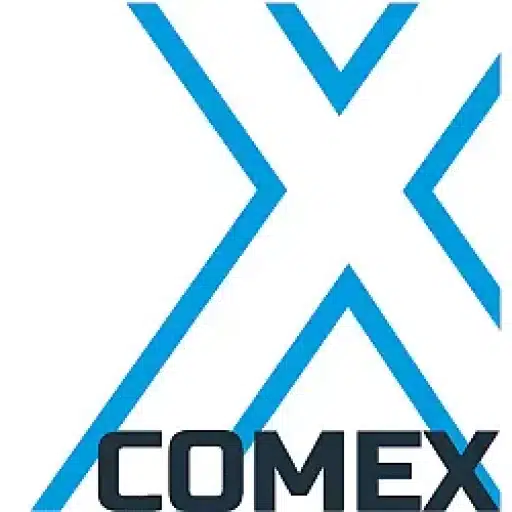+31 (0)43 30 88 400 | office@comex.eu

Ransomware calls for secure storage
Ransomware calls for secure storage
The owners and managers of the Q-Park parking garages will think otherwise, but in fact the Netherlands got lucky during the last attack in May by hackers with ransomware. The advantage was that the problem and phenomenon received a lot of media attention. Many IT companies jumped right in with offers for good protection. However, there is a “but” to that.
Zero Day Exploit
You can think of this ransomware protection as an advanced virus scanner. For example, such a scanner can run certain untrustworthy software in a protected area to see what it actually does and whether it is safe. The “but” in this story is so-called Zero Day Exploit: software that waits for a certain date to become active. Until then, this software merely spreads, only to then exploit a leak in the system at the hour U. Pre-testing in a shielded area of the computer offers no relief.
Continuous snapshot
It is only secure if you store data in such a way that it cannot be modified by software. This can be done with storage systems that do not allow that, such as the Silent Bricks. If any data is changed, it will be added. It is always possible to go back in time to a time when the data had not yet been taken hostage by ransomware. This is done with a continuous snapshot, similar to a permanent backup. At least this way you can keep the more static data safe. Data that is constantly and rapidly updated is unfortunately a bit more difficult to secure in a continuous snapshot.
Software WORM
There are alternative solutions for static data: data that should not be changed is stored in a kind of software container. You can only write and read in this by the software that created the container. If this software no longer allows any change to the data, ransomware cannot encrypt the data either. Again, a but. You depend on the supplier to get into the container. In addition, this container software does become visible to malicious parties from the outside. Thus, ransomware cannot affect individual files, but it can encrypt the entire container, thus rendering the entire archive inaccessible.
Consciousness
Importantly, in fact, every user should be aware of the danger, but it is not enough. During the last major attack, an estimated 95 percent of victims had an up-to-date virus scanner. Still, they were affected. Malware can enter through a hole in the anti-virus system, and it is up to the system administrator to perform constant and timely updates. Yet even a timely update of virus scanner and operating system does not provide 100 percent protection. After all, an update can only be made if the hole is known. The economic damage can be enormous from a ransomware attack. That is absolutely worth safe storage of more or less static data.
Want to know more? Click here.

